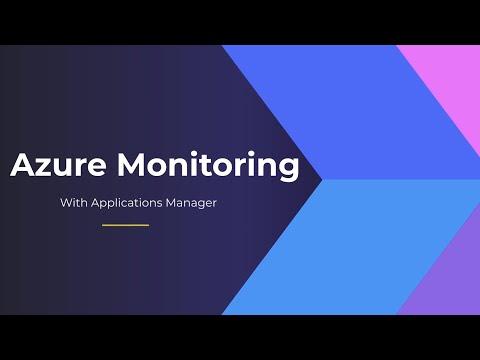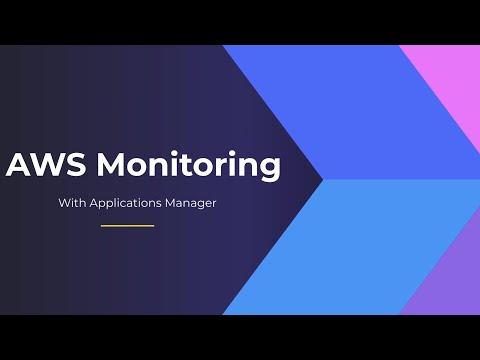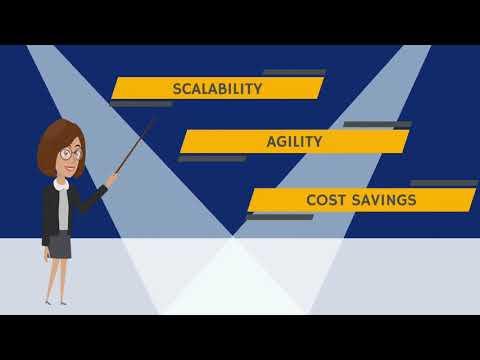We have good and bad news for cloud vendors catching their breath post-pandemic: there's little time to rest. The boom of buyers adopting cloud tech to support the initial rush to remote work in 2020 might be behind us, but that was only the beginning.

In 2021, Spiceworks Ziff Davis (SWZD) conducted a survey of 500+ cloud decision makers — 300+ IT decision makers (ITDMs) and 200+ business decision makers (BDMs) — to gain insights into buying patterns a year into the pandemic as the demand for tech to support flexible work arrangements rises.
The survey says: A whopping 80% of decision makers said that cloud technologies are useful for supporting remote workers. Also, organizations with flexible work policies are more likely to use cloud technologies — and make a decision to buy them more quickly: 31% of organizations that have flexible remote work arrangements complete the cloud buying process in less than three months vs. 25% of organizations that don't allow remote work.
Analysis revealed insights on the cloud buying collective — a group of stakeholders in an organization that influences tech purchase decisions — including some unexpected differences between the ITDMs and BDMs within them.
Don't worry: Engaging buyers isn't complicated, if you know who they are and what they're looking for (or better yet, how they look for it).
Cloudy with a Chance of Adoption
The move to the cloud shows no signs of slowing down in the coming years, even as some of the workforce returns to physical offices. By 2023, 67% of companies plan to adopt at least one new type of cloud technology, and 50% of all business workloads are expected to run in the cloud.
Among the many technologies companies going remote will leverage — cloud-file sharing, cloud backup and recovery, cloud-based storage, software-as-a-service, etc. — solutions to secure cloud infrastructure and cloud-based security solutions are poised to see the most adoption growth over the next two years (18 and 16 percentage points, respectively), with usage accelerating at an even faster rate among businesses that support remote workers.
For example, a majority of companies (51%) that support flexible work plan to adopt solutions for securing cloud infrastructure by 2023, compared to only 28% of companies that don't support flexible work arrangements.
The Collective Choice on Cloud
In the vast majority of organizations (91%), there's a buying collective, meaning there's no single decision maker that exclusively owns the entire cloud buying process. Instead, 6 - 8 decision makers within an organization comprise the "buying collective" on average. These stakeholders tend to consider the purchase through their own unique lens, and their views influence their organization's final decision to varying degrees throughout the buying journey.
There are two main groups of players in the cloud buying collective: ITDMs and BDMs. ITDMs determine needs on the front end, evaluate solutions, and advise BDMs on purchase decisions. BDMs approve funds for purchases, make final purchase decisions, and sign-off on purchases.
While these two groups play different roles in the buying process, they do agree on some things. When these stakeholders research potential solutions, ITDMs and BDMs both believe it's most important that technologies offer reliability/availability, ease-of-use, satisfactory total cost of ownership (TCO), and adequate security capabilities/features.
When looking for information about a cloud product, both ITDMs and BDMs also seek transparent pricing information, product demos/walkthroughs, detailed product specs/technical information, deployment guides/documentation, and side-by-side feature comparisons of similar products.
When it comes to cost, however, the two groups see things a little differently:
■ 62% of BDMs believe using public cloud is cheaper than self-hosting applications, while only 46% of ITDMs believe this to be true.
■ 55% of BDMs say their organizations would rather pay for tech infrastructure as an operational expense (OpEx) rather than a less frequent but larger capital expense (compared to 47% if ITDMs).
■ 44% of BDMs in the US said their organization prefers OpEx over CapEx, compared to only 27% of ITDMs.
■ 59% of BDMs said using cloud services can reduce the need for developing specialized IT skills and expertise in-house, compared to 50% of ITDMs.
■ BDMs are more likely than ITDMs (49% vs. 39%) to believe their organization follows a "cloud-first" technology strategy.
Connecting with Cloud Buyers
Marketers selling cloud solutions will be most effective at engaging members of the buying collective by understanding the pain-points of both ITDMs and BDMs, and tailoring content and outreach efforts for each group.
Additionally, both groups believe specific types of content best help them understand what it's like to use a cloud solution (e.g., demos/walk throughs, how-to guides, hands-on labs, product reviews).
Notice the one thing each of these content types have in common?
They each give the buyer an opportunity to "try before they buy" or offer a better sense of what it's like to actually use the cloud solution, whether that's through use of the interface, peer feedback, or online video.
In many cases, cloud buyers want to connect with brands as much as marketers want to engage with them. To optimize their marketing efforts, cloud vendors need to understand what their buyers really want, and cater to their content needs.
Interested in learning more? Check out our more in-depth cloud research on SWZD.com.
The Latest
Technology leaders will invest in AI-driven customer experience (CX) strategies in the year ahead as they build more dynamic, relevant and meaningful connections with their target audiences ... As AI shifts the CX paradigm from reactive to proactive, tech leaders and their teams will embrace these five AI-driven strategies that will improve customer support and cybersecurity while providing smoother, more reliable service offerings ...
We're at a critical inflection point in the data landscape. In our recent survey of executive leaders in the data space — The State of Data Observability in 2024 — we found that while 92% of organizations now consider data reliability core to their strategy, most still struggle with fundamental visibility challenges ...
From the accelerating adoption of artificial intelligence (AI) and generative AI (GenAI) to the ongoing challenges of cost optimization and security, these IT leaders are navigating a complex and rapidly evolving landscape. Here's what you should know about the top priorities shaping the year ahead ...
In the heat of the holiday online shopping rush, retailers face persistent challenges such as increased web traffic or cyber threats that can lead to high-impact outages. With profit margins under high pressure, retailers are prioritizing strategic investments to help drive business value while improving the customer experience ...
In a fast-paced industry where customer service is a priority, the opportunity to use AI to personalize products and services, revolutionize delivery channels, and effectively manage peaks in demand such as Black Friday and Cyber Monday are vast. By leveraging AI to streamline demand forecasting, optimize inventory, personalize customer interactions, and adjust pricing, retailers can have a better handle on these stress points, and deliver a seamless digital experience ...
Broad proliferation of cloud infrastructure combined with continued support for remote workers is driving increased complexity and visibility challenges for network operations teams, according to new research conducted by Dimensional Research and sponsored by Broadcom ...
New research from ServiceNow and ThoughtLab reveals that less than 30% of banks feel their transformation efforts are meeting evolving customer digital needs. Additionally, 52% say they must revamp their strategy to counter competition from outside the sector. Adapting to these challenges isn't just about staying competitive — it's about staying in business ...
Leaders in the financial services sector are bullish on AI, with 95% of business and IT decision makers saying that AI is a top C-Suite priority, and 96% of respondents believing it provides their business a competitive advantage, according to Riverbed's Global AI and Digital Experience Survey ...
SLOs have long been a staple for DevOps teams to monitor the health of their applications and infrastructure ... Now, as digital trends have shifted, more and more teams are looking to adapt this model for the mobile environment. This, however, is not without its challenges ...
Modernizing IT infrastructure has become essential for organizations striving to remain competitive. This modernization extends beyond merely upgrading hardware or software; it involves strategically leveraging new technologies like AI and cloud computing to enhance operational efficiency, increase data accessibility, and improve the end-user experience ...






